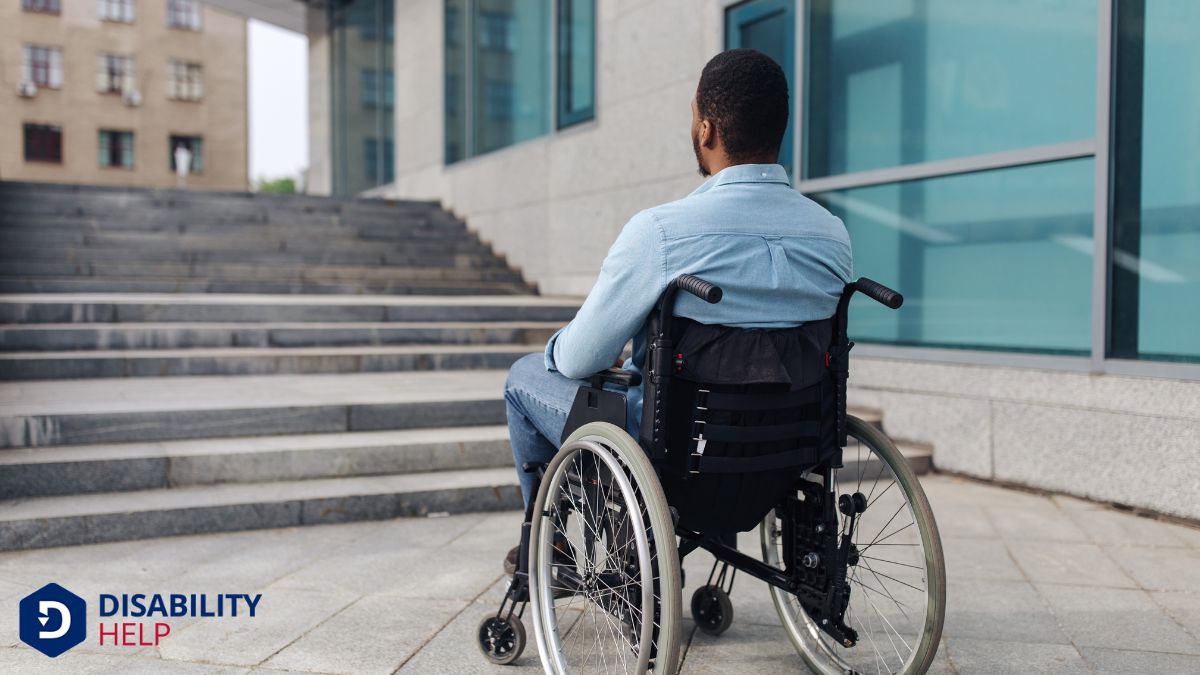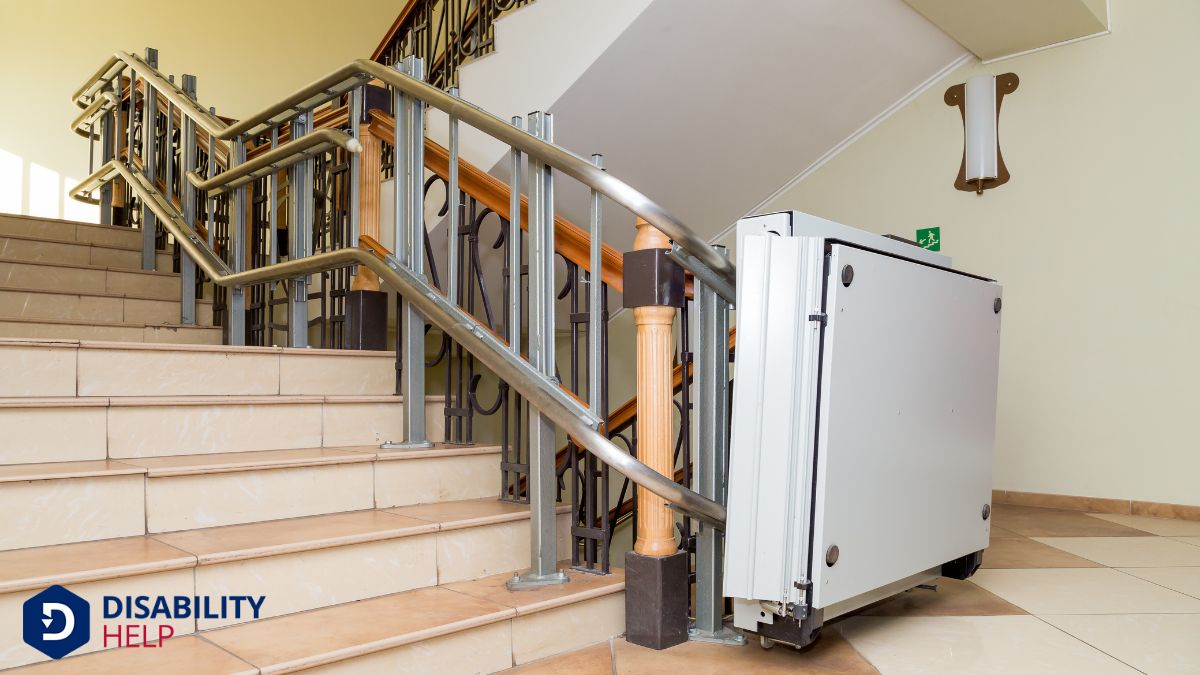Let's explore whether a stair lift or a stair climber is the ideal choice for our mobility needs. Both options have their unique benefits and drawbacks. While stair lifts promise comfort and security, stair climbers offer physical engagement and exercise. We must consider our mobility requirements, home layout, and budget. So, which solution aligns best with our lifestyle? Let's weigh the options carefully.
Key Takeaways
- Stair lifts offer safer, more comfortable rides with minimal physical effort, ideal for those with limited mobility.
- Stair climbers provide flexibility and portability, suitable for various stair types and temporary situations.
- Stair lifts require higher upfront costs and installation, while stair climbers may have lower initial expenses but frequent battery costs.
- User mobility level and home layout significantly influence whether a stair lift or stair climber is more suitable.
- Maintenance needs differ, with stair lifts needing regular servicing and stair climbers requiring less maintenance but frequent battery changes.
Understanding Stair Lifts and Stair Climbers

When exploring mobility solutions for traversing stairs, it's important to understand the differences between stair lifts and stair climbers.
Stair lifts consist of a motorized chair or platform attached to a rail, which is installed along the staircase. They provide a seated ride up and down the stairs, perfect for those who prefer a steady and automated approach.
On the other hand, stair climbers are portable devices that users attach to their own wheelchairs or use as standalone equipment. These machines help us move up and down stairs with a manual or powered lift system.
Stair climbers offer flexibility and are often used in public spaces or temporary situations. Understanding these options aids us in choosing the right solution for our needs.
Comfort and Safety Considerations
When we compare stair lifts and stair climbers, comfort and safety are top priorities.
Let's examine how user-friendly design features and enhanced safety mechanisms can impact our choice.
User-Friendly Design Features
How do we guarantee both comfort and safety when choosing between a stair lift and a stair climber? Let's explore the user-friendly design features.
Stair lifts typically provide a comfortable seat with armrests, a footrest, and a seatbelt for added safety. They assure a smooth ride up and down the stairs with minimal physical effort. Their controls are often simple, using a joystick or buttons within easy reach.
On the other hand, stair climbers require more physical involvement, as they involve walking or stepping up. These devices might've ergonomic handles for support, but they demand more effort.
When considering user-friendly features, we must evaluate our mobility needs and physical capabilities to determine which option suits our lifestyle best.
Enhanced Safety Mechanisms
Guaranteeing both comfort and safety in stair lifts and stair climbers requires examining their enhanced safety mechanisms.
Let’s explore how they keep us secure.
- Safety Belts and Harnesses: Stair lifts often come with safety belts or harnesses, providing us with an added layer of protection against sudden stops or starts.
- Obstacle Detection Systems: Both stair lifts and climbers often include sensors to detect obstacles on the stairs. This feature helps prevent accidents by stopping the device when something is in the way.
- Emergency Stop Options: Many models have emergency stop buttons within easy reach. This allows us to immediately halt the device if something feels amiss, offering peace of mind.
These features guarantee we can navigate stairs with confidence and ease.
Physical Engagement and User Ability
When choosing between a stair lift and a stair climber, we need to contemplate how each option aligns with our mobility needs and physical capabilities.
Stair lifts offer a hands-free ride that requires minimal physical effort, making them ideal for those with limited strength or balance.
In contrast, stair climbers demand more physical engagement, which might be suitable for users who can safely manage the effort and maintain stability.
User Mobility Requirements
Considering the diverse needs of individuals, understanding user mobility requirements is essential when choosing between a stair lift and a stair climber.
We need to evaluate how much physical engagement a person can handle. Let’s break it down:
- Physical Strength: If mobility is limited, a stair lift might be more suitable as it requires minimal physical effort. In contrast, a stair climber demands more strength and balance.
- Stability Concerns: For those with stability issues, a stair lift offers a safer option because it provides a secure seat and controlled movement.
- Cognitive Abilities: Operating a stair climber requires more focus and coordination. If cognitive challenges exist, a stair lift is often the simpler choice.
Physical Effort Involved
Let's move from evaluating mobility requirements to examining the physical effort involved in using a stair lift versus a stair climber.
When we consider a stair lift, minimal physical exertion is needed. We simply sit down, secure ourselves, and let the lift carry us up or down, making it ideal for those with limited strength or endurance.
Conversely, a stair climber demands significant physical engagement. It requires us to use our legs and possibly arms, depending on the design, to ascend or descend. This can be beneficial for maintaining some level of physical activity but mightn't be suitable for everyone.
Understanding our physical capabilities will help us decide which option aligns better with our needs and comfort.
Safety and Stability
While evaluating safety and stability, we must consider how stair lifts and stair climbers cater to different user abilities and physical engagement levels.
Safety is paramount, and both options offer distinct benefits. For instance, stair lifts provide a stable, seated ride, minimizing physical engagement. This aspect is vital for those with limited mobility.
On the other hand, stair climbers require physical exertion, enhancing stability through user participation.
Let's break it down:
- Stair Lifts: Ideal for users needing full support; guarantees minimal risk due to the secure seating and safety features.
- Stair Climbers: Suited for those with enough strength to engage muscles, promoting balance.
- Customization: Both can be tailored to specific needs, but the choice depends largely on individual ability and desired engagement level.
Home Layout and Installation Requirements
When deciding between a stair lift and a stair climber, it’s important to assess how each option fits into your home’s layout and installation requirements.
Stair lifts require a track installed along the stairwell, making them ideal for straight or slightly curved stairs. However, if our staircase is narrow or has multiple landings, a customized installation may be necessary, which could be more complex.
On the other hand, stair climbers don’t require permanent modifications to our home’s structure. They’re portable and can be used on various stair types, including spiral stairs.
However, they do require enough space to maneuver and store when not in use. Let’s carefully consider the physical layout of our home to guarantee a seamless fit with our chosen solution.
Cost Comparison and Budgeting
Having assessed the fit of stair lifts and stair climbers within our home’s layout, it's just as important to evaluate their financial implications.
Let's break down the costs to make informed decisions.
- Initial Investment: Stair lifts generally have a higher upfront cost compared to stair climbers. This includes the purchase and installation, which can vary based on stair complexity and brand.
- Operational Costs: Stair climbers might require more frequent battery replacements, but stair lifts consume a bit of electricity. However, the energy use is typically minimal.
- Potential for Resale: Stair lifts often hold more resale value. If we decide to sell, they might recover more of the initial investment.
Maintenance and Longevity
As we consider the maintenance and longevity of stair lifts and stair climbers, it's crucial to examine their long-term reliability and upkeep needs.
Stair lifts generally require regular servicing, typically recommended annually, to guarantee smooth operation and safety. Key components like the motor, track, and battery need periodic attention.
In contrast, stair climbers, which are often simpler in design, might have fewer moving parts and therefore require less frequent maintenance.
However, both devices benefit from routine checks to maximize their lifespan. Proper care, such as cleaning and addressing minor issues promptly, can prevent costly repairs in the future.
It's important that we prioritize these tasks to enjoy consistent performance and safety. Ultimately, understanding these maintenance needs helps us make informed decisions.
Choosing the Right Fit for Your Lifestyle

Selecting the perfect mobility solution for your home requires careful consideration of your lifestyle and unique needs.
We recognize that each household has different priorities, and finding the right fit can greatly enhance our quality of life.
Let's explore key factors to help us decide between a stair lift and a stair climber:
- Mobility Level: If our mobility is limited, a stair lift offers a safer and more comfortable ride. For those with more physical capability, a stair climber might provide beneficial exercise.
- Space Constraints: Stair lifts typically require more installation space, while stair climbers can be more adaptable to narrow staircases.
- Budget Considerations: We need to evaluate both initial costs and long-term maintenance. Stair lifts might demand a larger upfront investment, whereas stair climbers could be more budget-friendly.
Conclusion
In choosing between stair lifts and stair climbers, we must consider our unique needs and preferences. Stair lifts provide comfort and safety, making them ideal for those with limited mobility. On the other hand, stair climbers offer physical engagement for those who can handle the exertion. We should also assess our home layout, budget, and maintenance preferences. Ultimately, the best choice depends on balancing these factors to fit our lifestyle and guarantee ease of living.






